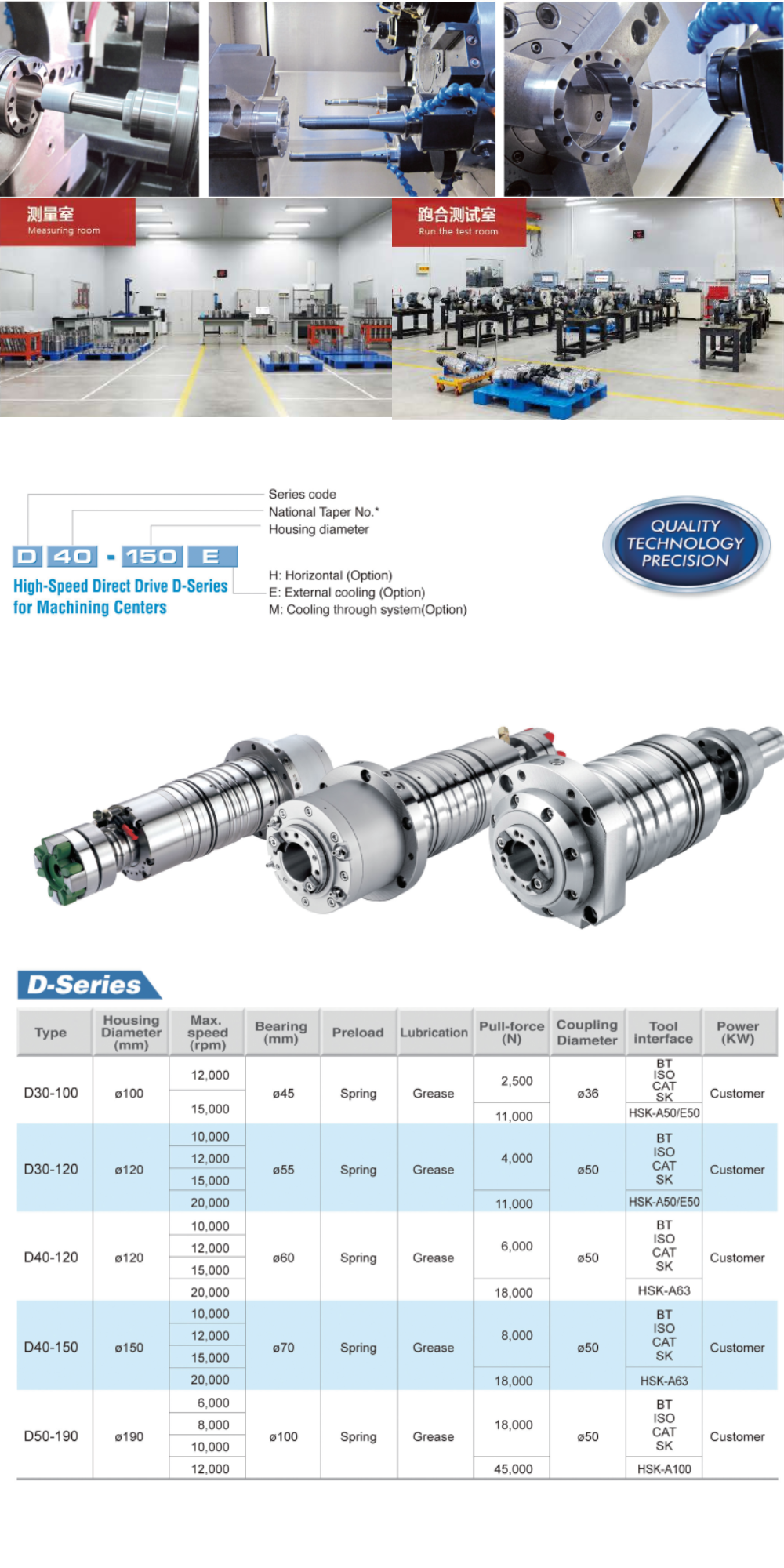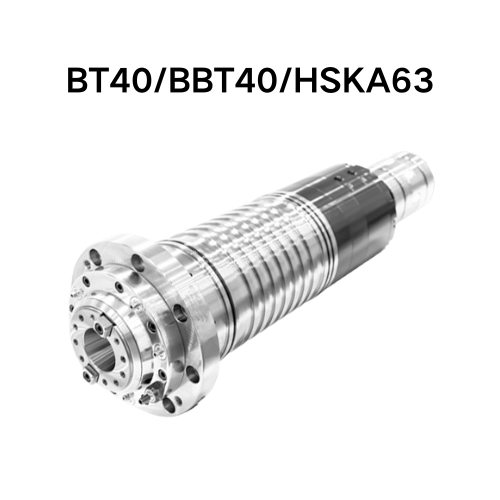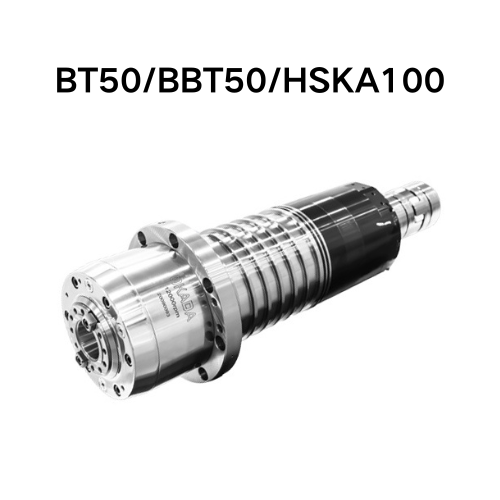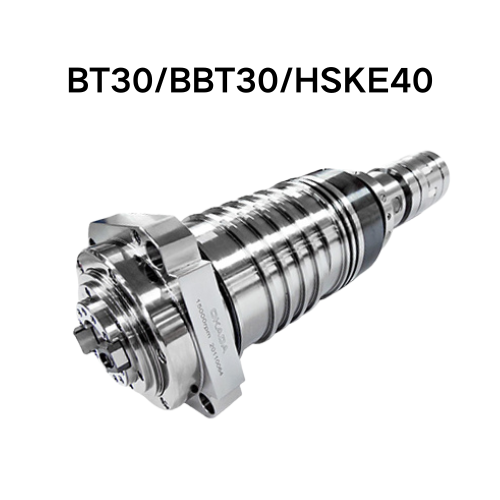Direct-drive Spindle
- High precision
- high rigidity
- high speed
A mechanical spindle refers to the axis on a machine tool that drives the rotation of a workpiece or tool. Usually composed of spindle components, bearings, and transmission components (gears or pulleys). In machines, it is mainly used to support transmission components such as gears and pulleys, transmit motion and torque, such as machine tool spindles; Some are used to clamp workpieces, such as mandrels.
A mechanical spindle refers to the axis on a machine tool that drives the rotation of a workpiece or tool. Usually composed of spindle components, bearings, and transmission components (gears or pulleys). In machines, it is mainly used to support transmission components such as gears and pulleys, transmit motion and torque, such as machine tool spindles; Some are used to clamp workpieces, such as mandrels. Except for machine tools such as planers and pullers whose main motion is linear, most machine tools have spindle components. The motion accuracy and structural stiffness of the spindle components are important factors that determine machining quality and cutting efficiency
The main indicators for measuring the performance of spindle components are rotational accuracy, stiffness, and speed adaptability.
1. Rotation accuracy: The radial and axial runout that occurs in the direction that affects machining accuracy during spindle rotation is mainly determined by the manufacturing and assembly quality of the spindle and bearings.
2. Dynamic and static stiffness: mainly determined by the bending stiffness of the spindle, the stiffness and damping of the bearings.
3. Speed adaptability: The maximum allowable speed and speed range are mainly determined by the structure and lubrication of the bearings, as well as the heat dissipation conditions.
Mechanical spindle maintenance
The commonly used method to reduce the working temperature of bearings is lubricating oil. There are two lubrication methods: oil gas lubrication and oil liquid circulation lubrication. When using these two methods, pay attention to the following points:
1. When using oil circulation lubrication, it is necessary to ensure that the oil level in the constant temperature oil tank of the spindle is sufficient.
2. The oil gas lubrication method is exactly the opposite of oil circulation lubrication, as it only needs to fill 10% of the bearing space capacity.
The advantage of cyclic lubrication is that it can reduce friction and heat generation while meeting lubrication requirements, and can also absorb some of the heat from the spindle components.
There are also two types of lubrication for the spindle: oil mist lubrication and spray lubrication.
Common knowledge of mechanical spindles
The oil used for oil mist and oil air lubrication is generally 32 # turbine oil. Before starting the operation of the oil lubricated machine tool spindle, the oil mist or oil air lubrication system should be turned on. After the spindle is stopped, the lubrication system should be turned off. Water cooling is a common method of spindle cooling, which requires the cooling water to have a certain anti rust function. If necessary, it is required to filter the cooling water appropriately. Before the spindle runs, the cooling system should be turned on to start cooling the spindle. The spindle of the machine tool can be used at a reduced speed, but the corresponding input voltage (frequency converter output) parameters must be adjusted according to the design characteristic curve of the motor. Spindles lubricated with oil mist or oil air also need to ensure that the compressed air is dry and clean.
The requirements for the frequency converter vary depending on the parameters of the spindle. The selection of the frequency converter should match the parameters of the machine tool spindle, and the rated current of the frequency converter should be at least 1.3 times that of the machine tool spindle, preferably 1.5 times or more. There are three common lubrication methods for the spindle: grease, oil mist, and oil vapor. The grease lubrication structure is simple, convenient to use, and environmentally friendly; Oil mist lubrication can adapt to higher rotational speeds and is widely used, but it has a certain impact on the environment; Oil and gas lubrication has the best lubrication effect, can adapt to higher speeds, and is non polluting to the environment, but the price of oil and gas lubrication devices is relatively high.





